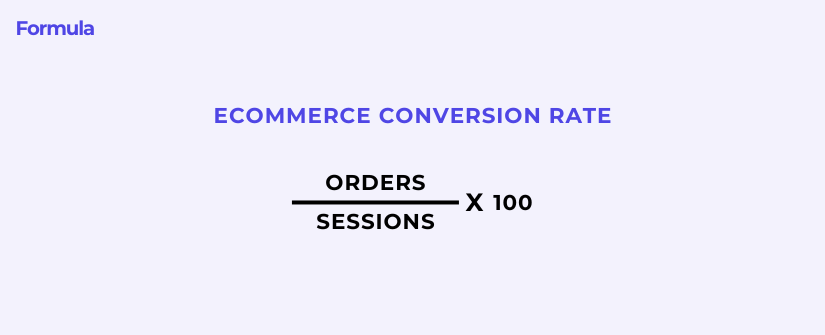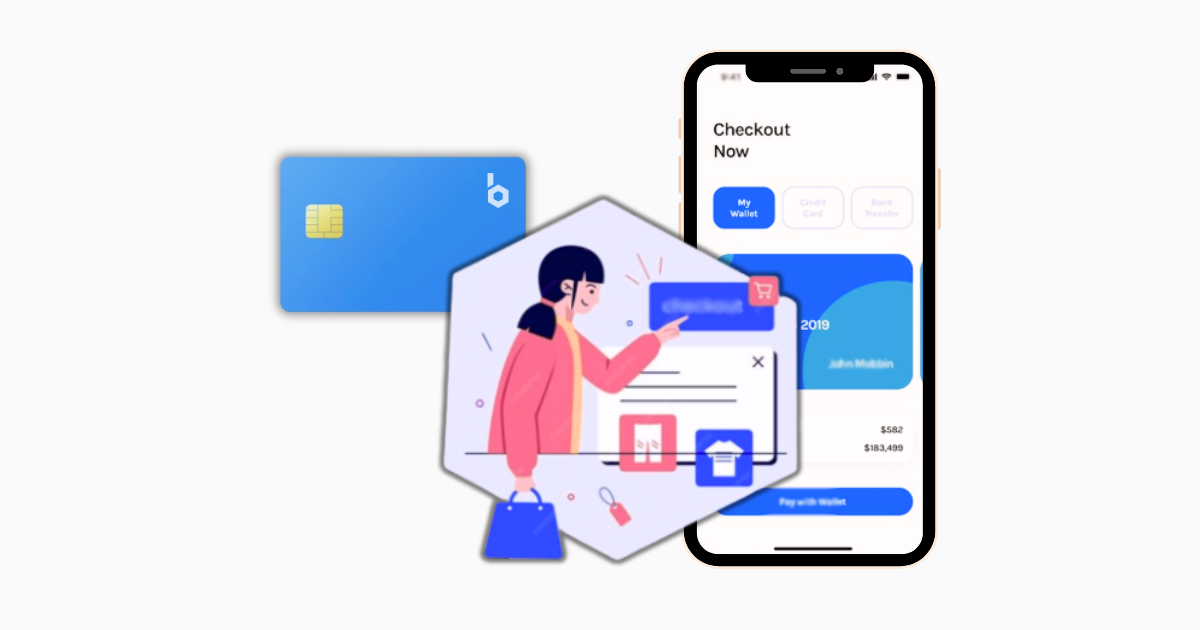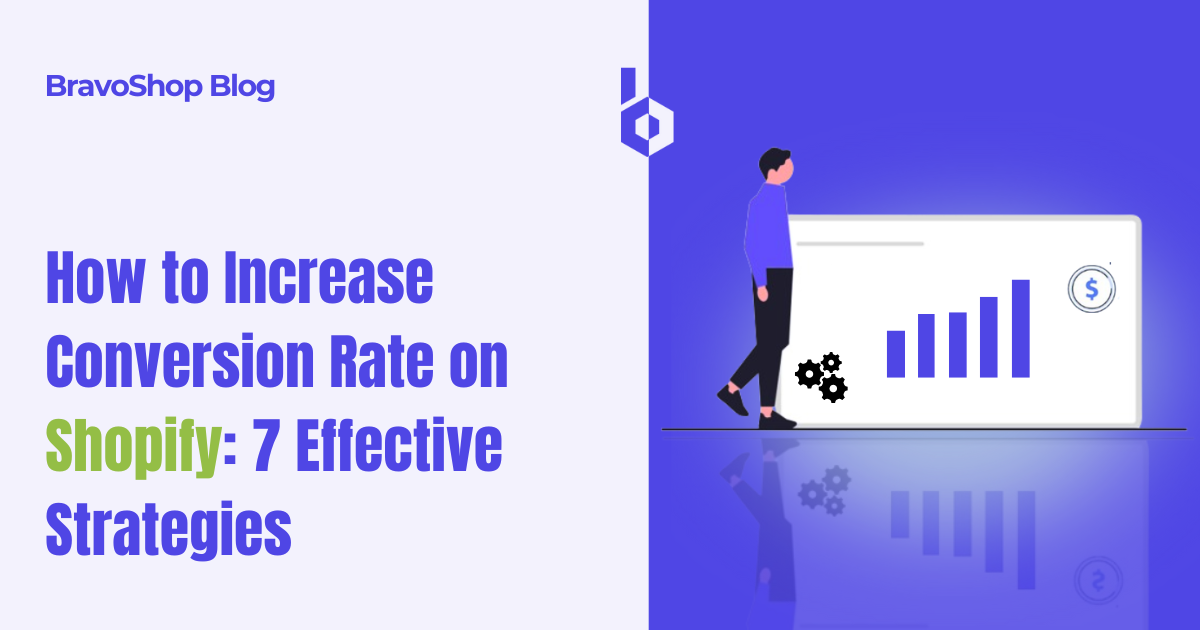Shopify has surged to become the platform for over 4.5 million stores today. In the increasingly competitive eCommerce landscape, there are some ways and strategies to encourage customers to purchase from your store. These strategies are centered around two pivotal aspects: driving traffic to the store and optimizing conversions. Driving traffic to the website is only effective if the traffic leads to conversions or sales.
A conversion is achieved when an individual performs an action that aligns with the desired outcome such as placing orders, email signups, newsletter subscriptions, social media shares, and more. Every website and its digital marketing team have different parameters for defining what constitutes a conversion. Typically, in eCommerce, online orders are regarded as conversions.
What is the eCommerce conversion rate?
The eCommerce conversion rate is defined as: The ratio of Orders to the total number of sessions, expressed as a percentage. Although in Shopify Analytics, the same term is regarded as “online store conversion rate”. However, the term "ECommerce conversion rate" has gained popularity, largely due to its widespread use in Google Analytics.

A survey by the Shopify analytics app, LittleData, revealed that the average conversion rate for Shopify stores is 1.4%. To rank in the top 10 percent, a Shopify store must achieve a conversion rate above 4.8%. If the store's conversion rate falls below 2.5%, there is a significant opportunity for implementing Conversion rate optimization (CRO) strategies.
The list below will help you increase the conversion rate, enhance sales, and improve ROI.
1. Turn your Shopify store into a mobile app

There are multiple reasons to establish a mobile presence. The craze of mobile apps has been trending upward for years, showing no signs of slowing down in the near future. According to a study by Statista, over 60% of website traffic originates from mobile devices. A staggering 92.3% of internet users now prefer accessing the internet through mobile phones. However, merely creating a mobile-friendly website is not the ultimate solution. Recognizing this, brands are increasingly turning to mobile apps, as a dedicated mobile app is important to optimize brand, business, and online presence for mobile users.
The mobile apps offer a 157% higher conversion rate compared to the mobile web. Apps can leverage mobile device features like location and demographics and can make user interaction more personalized. Features like push notifications make it easier to communicate with customers in mobile apps. Apps are faster than mobile web as the mobile app data is stored locally whereas websites rely on web servers for storing information. Thankfully, creating an app for your Shopify store is easier than you’d expect by using a tool like BravoShop.
Also Read: A Guide to Creating a Mobile App for Your Shopify Store
2. Use targeted push notifications
You might not always find the time to check your email throughout the day, but whenever your phone pings with a notification, you'll instinctively reach for it. This explains why push -notifications have an open rate 2.5 times higher than emails. As for click-through rates, emails typically achieve a click rate of 1-2% on average, whereas the average click rate for push notifications is more than 20%. These statistics alone underscore the significant impact and importance of push notifications.
The push notifications make it easy to target different users based on interests and intent in real-time which often triggers immediate engagement. Leveraging push notifications allows businesses to effectively communicate product announcements, address cart abandonment, tackle browse abandonment, highlight offers or price drops, and deploy various other strategies, all contributing to increased conversion rates. With the Core plan of BravoShop: Mobile App Builder, you can send unlimited manual, scheduled, and automated push notifications which makes it the most cost-effective option.
3. Include on-site surveys and Live chat Element
Good communication is an important part of all relationships, including the customer relationship. While push notifications and popups serve as effective methods for one-way communication. However, a true understanding of customers necessitates engaging in two-way communication. Adding on-site surveys and Live chat to the website or app helps in analyzing customer feedback and improving customer service interaction. On-site surveys help in gaining insights into user behavior and the data gathered through these surveys serves as a valuable resource for enhancing the overall user experience.
Live chat functions can be used to retain shoppers on your website, furnish additional information, and guide them toward the products they desire most. Live chat and Chatbot ensure good customer service. Good customer service results in higher customer retention. A study by Bain & Company found that a five percent increase in customer retention can yield a 25 percent increase in profit, at a minimum.
4. Analyze the data
There are plenty of tools that allow businesses to track all types of data online. By meticulously analyzing diverse data sources such as customer journey patterns, social media interactions, web traffic metrics, product features, and advertising performance, Shopify store owners can make well-informed decisions to drive their businesses forward.
By using heat maps, you can identify and eliminate friction points, and enhance conversion drivers. If you notice a drop in heat (indicating fewer people viewing a specific section of your page), this area is probably experiencing high friction.
A/B testing, also known as split testing, is a widely used method for using data to optimize conversion rates. This approach allows you to experiment with different variations of elements in various channels such as emails and push notifications. Furthermore, A/B testing facilitates analysis of page content aspects such as layout or call-to-action effectiveness, empowering you to improvise your strategies based on insights.
5. Add social proof with reviews and testimonials
Suppose there are two restaurants serving Pizzas in your city. One is usually empty, while the other is always packed. You might think the busy one serves better pizza. This same idea applies in the eCommerce world too. Social proof means people tend to copy what others do, thinking it's the right thing to do in similar situations. When visitors browse your store, they often seek reassurance from reliable sources before making a purchase. They might seek out recommendations, read reviews, or look for testimonials. Even user-generated content (UGC) or content shared by influencers can sway the buying decision positively. By gathering and using social proof effectively across your Shopify store, you can boost conversion rates and ultimately your revenue.
6. Improvise the checkout process

Checkout is a crucial part of the customer journey, yet it's often overlooked by many eCommerce stores. There are multiple ways to improvise the checkout process. A simple checkout flow with shortened checkout form fields reduces the chances of cart abandonment. Furthermore, adding guest checkout features and implementing an auto-fill feature for shipping and billing addresses can save time for customers and reduce the chances of errors, making the checkout experience smoother. Providing multiple payment options lets customers choose how they want to pay. Some prefer Google Pay or PayPal for convenience, while others prefer credit cards for associated benefits.
Since many shoppers compare products on different websites, it's advantageous to offer an incentive to customers in the form of discounts or free shipping. The customers feel confident while buying products from eCommerce stores having a reassuring return policy which ultimately improves conversion rate.
7. Improve the technical setup
The Faulty technical setup not only frustrates users but also leads to a higher bounce rate, ultimately resulting in a loss of revenue. Slow loading times, broken links, and poor mobile optimization are among the most common issues. Shopify themes are automatically optimized for display on any device, but you can further improve the user experience on mobile devices.
The good news is that these issues can be easily checked and resolved using tools. For website responsiveness, you can use Google Lighthouse, an automated tool for improving the quality of web pages. There is another Google Tool, PageSpeed Insight which analyzes the page speed of websites on desktop and mobile devices, creates reports on the user experience of web pages, and provides suggestions on how that page may be improved.
Wrapping Up
As a Shopify business owner or marketer, your main goal is to increase revenue. Conversion rate optimization (CRO) is more important than ever with the growing competition in eCommerce.
Maximizing conversions demands a multifaceted approach that acknowledges the complexity of user behavior and preferences. Rather than relying on a single strategy, it's essential to implement a combination of the strategies mentioned above.
Frequently Asked Questions (FAQ)
What exactly is Shopify's Conversion rate?
The Shopify conversion rate is the ratio of Orders or transactions to the total number of sessions, expressed as a percentage. It is always better to have a high conversion rate.
Is turning the Shopify Store into a Mobile app effective in increasing conversion rates?
Absolutely! Many customers prefer mobile apps over mobile web for their shopping convenience, leading to increased traffic and better conversion rates since it’s easy to turn the Shopify store into a mobile app.
What is a good Shopify Conversion rate?
The average Shopify conversion rate falls between 1% to 2%, so anything above 2% is considered a good Shopify conversion rate.
